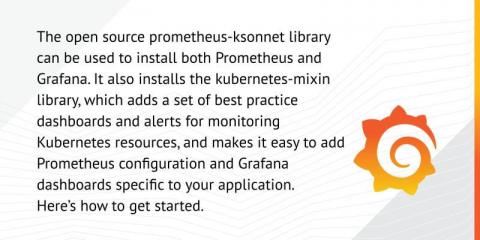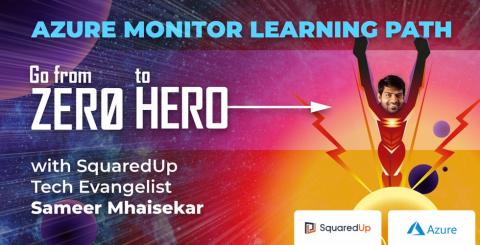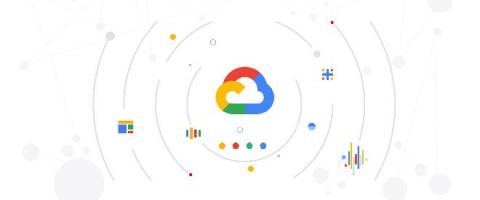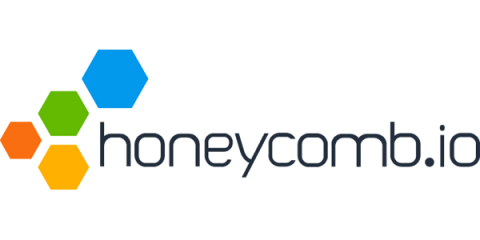Operations | Monitoring | ITSM | DevOps | Cloud
Latest News
Connecting Prometheus-Ksonnet to Grafana Cloud
In a previous post we showed how to install Prometheus and Grafana using the prometheus-ksonnet library along with Tanka. This is great for getting a well-managed monitoring install going, but sometimes it isn’t enough for monitoring larger clusters. If you have multiple clusters that you want to monitor on a single dashboard, or need long-term storage, or need a high-availability setup for your monitoring data, then this installation won’t be sufficient on its own.
Azure Monitor (Part 3): Azure Monitor Logs - Solutions
In the previous post, we talked about connecting data sources to your Log Analytics workspace. While the data can be super useful, it is “unstructured” at this point – not really in the right shape to perform a specific task or enable useful monitoring of an application or a service. This is where “Solutions” come into picture (formerly called management solutions). Solutions can also leverage other services in Azure to perform many related actions, such as automation.
All together now: our operations products in one place
Our suite of operations products has come a long way since the acquisition of Stackdriver back in 2014. The suite has constantly evolved with significant new capabilities since then, and today we reach another important milestone with complete integration into the Google Cloud Console. We’re now saying goodbye to the Stackdriver brand, and announcing an operations suite of products, which includes Cloud Logging, Cloud Monitoring, Cloud Trace, Cloud Debugger, and Cloud Profiler.
A PagerDuty Security Debrief
Today is day one of the RSA Security Conference in San Francisco, where thousands of security professionals from around the world come together to share new ideas, discuss global security vulnerabilities, and explore the latest technologies in the security industry.
What happens when a seasoned engineer goes on vacation?
Have you ever experienced a time when someone on your team takes off to recharge or takes unplanned downtime away from work? It may feel a bit scary as workloads shift, priorities change and the team has to pick up some slack. We all need to recharge and in some org’s, it’s imperative. The covering for each other builds trust among the team which is invaluable when you’re in the trenches daily, working hard.
Discovering anomalous patterns based on parent-child process relationships
As antivirus and machine learning-based malware detection have increased their effectiveness in detecting file-based attacks, adversaries have migrated to “living off the land” techniques to bypass modern security software. This involves executing system tools preinstalled with the operating system or commonly brought in by administrators to perform tasks like automating IT administrative tasks, running scripts on a regular basis, executing code on remote systems, and much more.
Business Monitoring: If You Can't Measure It, You Can't Improve It
“If you can’t measure it, you can’t improve it” …this quote by Peter Drucker and the philosophy behind it is a key driving force behind modern management and the introduction of BI solutions to support the scaling and increased complexity of businesses. Analytics tools were developed to enable metric measurement and business monitoring across large scale, complex systems and to enable continuous improvements of business performance.
A Peek at the Top Tools for API Monitoring
An API allows two systems to communicate with each other. APIs (application programming interfaces) are magnificent things as they connect services and allow us to transfer data back and forth between managed systems. If you manage an API that internal and external users rely on, its failure won’t only impact you. It will affect all users and systems connected to the API. The connectivity and interdependencies create vulnerabilities for application programming interfaces.
Self-Service Analytics for the Shop Floor [Part 2] - A Practical Example using MQTT
In the first part of this blog article, I introduced key concepts surrounding data ingestion for the industrial Internet of Things, the role and importance of metrics and self-services capabilities for shop floor personnel. So let's see how this looks in practice and how the knowledge of a process or control engineer can be turned into action.











